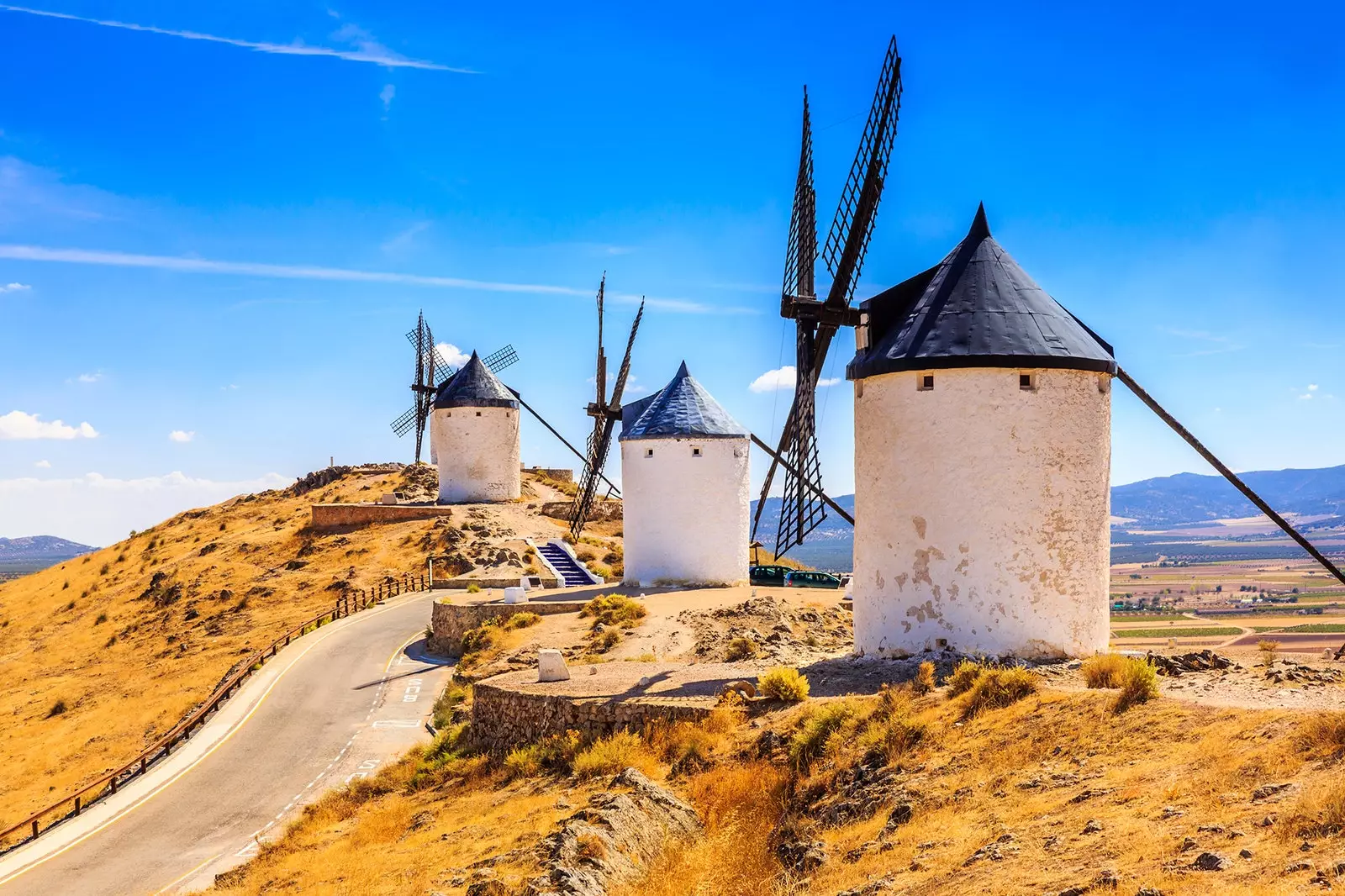
Consuegra, Toledo
There is no better color palette to paint the face of ** Castilla-La Mancha ** than the one that makes up the windmills, true monuments that dot Castilla wide and flat as a man's chest, as Machado recited in his verses.
And if there is a place where you can immortalize that picture, that is mother-in-law, one of the tourist wonders of the province of Toledo, which was on the verge of becoming the capital of rural tourism this year.
TWO MILLENNIUMS BUILDING HISTORY
Consuegra is a town with more than two thousand years of history. Since pre-Roman times, they passed through here all the cultures that colonized the Iberian Peninsula, leaving behind part of the cultural legacy that, today, makes up the entire artistic and cultural heritage of the municipality.
Through Consuegra passed the romans , which turned it into a point of certain commercial interest, allowing one of the communication routes, the Via Laminium, to pass through there.
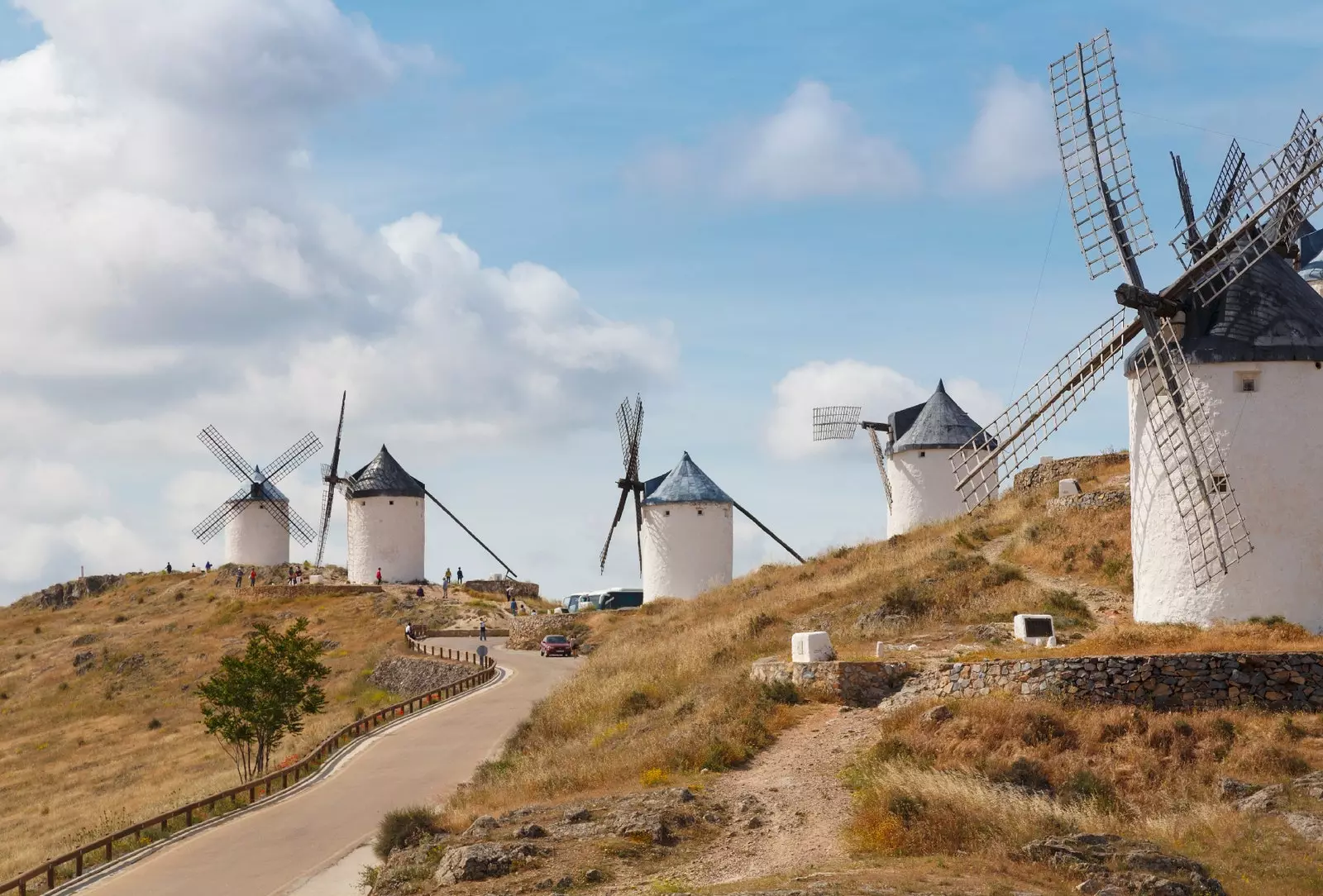
Consuegra, one of the most picturesque towns in the province of Toledo
From the Goths to the Arabs, the turning point of the town came with the reconquest, passing in 1083 to form part of the lands recovered by the kingdom of Castile.
Christians had to win her back a second time, since in the same town a few battles were fought that allowed the Arabs to recover what was lost, which made Consuegra lose ownership of the city.
This recognition would not be recovered until nothing more and nothing less than the year 1927, by the hand of Alfonso XIII. The former headquarters of Order of Saint John it had its place in Consuegra until just a couple of centuries ago.
Consuegra, due to its strategic position, has been the scenario of countless battles and natural disasters that have forced the citizens on some occasion to have to rebuild the town.
Without going any further, the French destroyed a large part of Consuegra in the War of Independence but, luckily, much of its artistic heritage is still intact today.
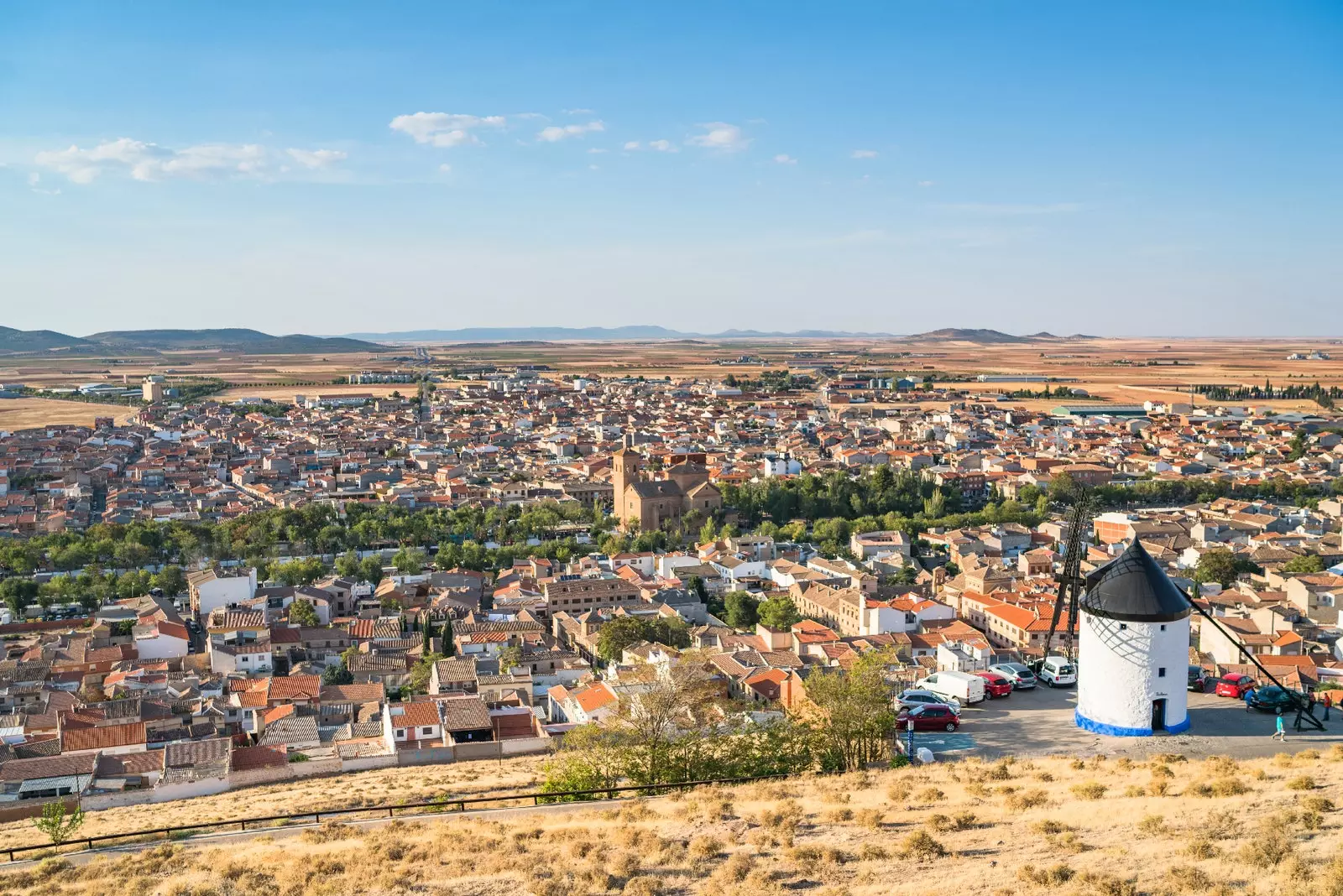
Panoramic view of Consuegra
THE WINDMILLS, ITS MAIN ATTRACTION
The windmills, declared Well of Cultural Interest in 2008, They are undoubtedly one of the most important tourist attractions in the region. built late 18th century and during the first half of the 19th century, these mills had their function of grinding the grain of wheat to transform it into flour.
Initially thirteen were built but, currently, there are twelve who remain standing and in an impressive state of conservation. In fact, five of them still maintain the original machinery, which makes a visit to the mill a a trip to the past.
Reaching them do not think it's a bed of roses. The mills are located in the so-called Cerro Calderico, and to access there you have to climb a considerable slope, because the mills are on its top.
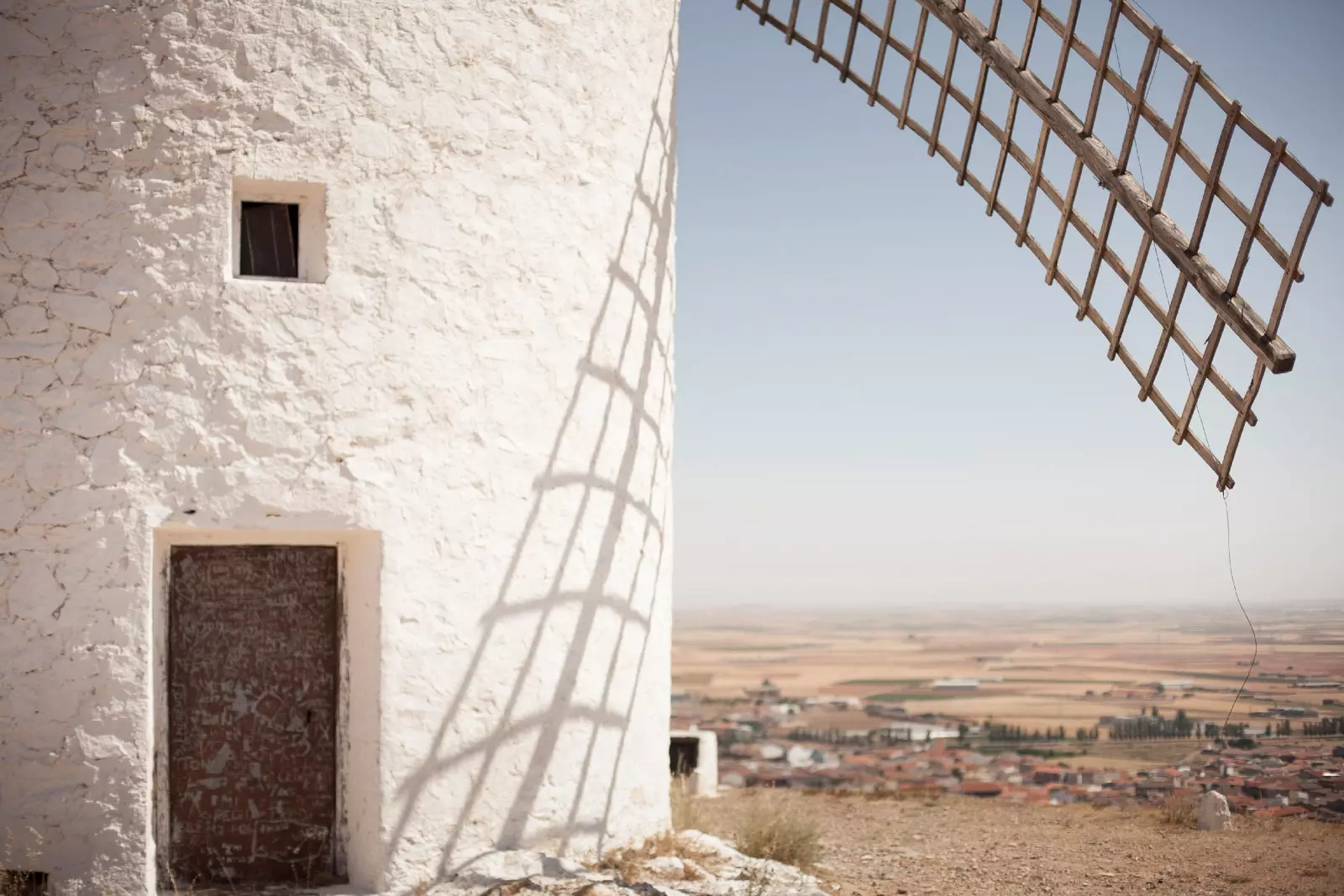
The windmills are a Site of Cultural Interest
And it's worth it, since as soon as you arrive you can look back and enjoy one of the most spectacular views you can imagine. Panoramic views of Consuegra when the sunset falls, photographed from the mills, they are simply priceless.
Although they seem ideal names for your cat, they are not. The mills are baptized with names as curious as Sancho, Sparks, Backpacks, Espartero or Bolero.
In the latter is where the Tourist Office of Consuegra, where you can plan your visit and obtain all the necessary information so as not to lose any detail on your trip.
The spectacular state of conservation of the mechanism of some of them denotes the care they have in the locality with their Heritage.
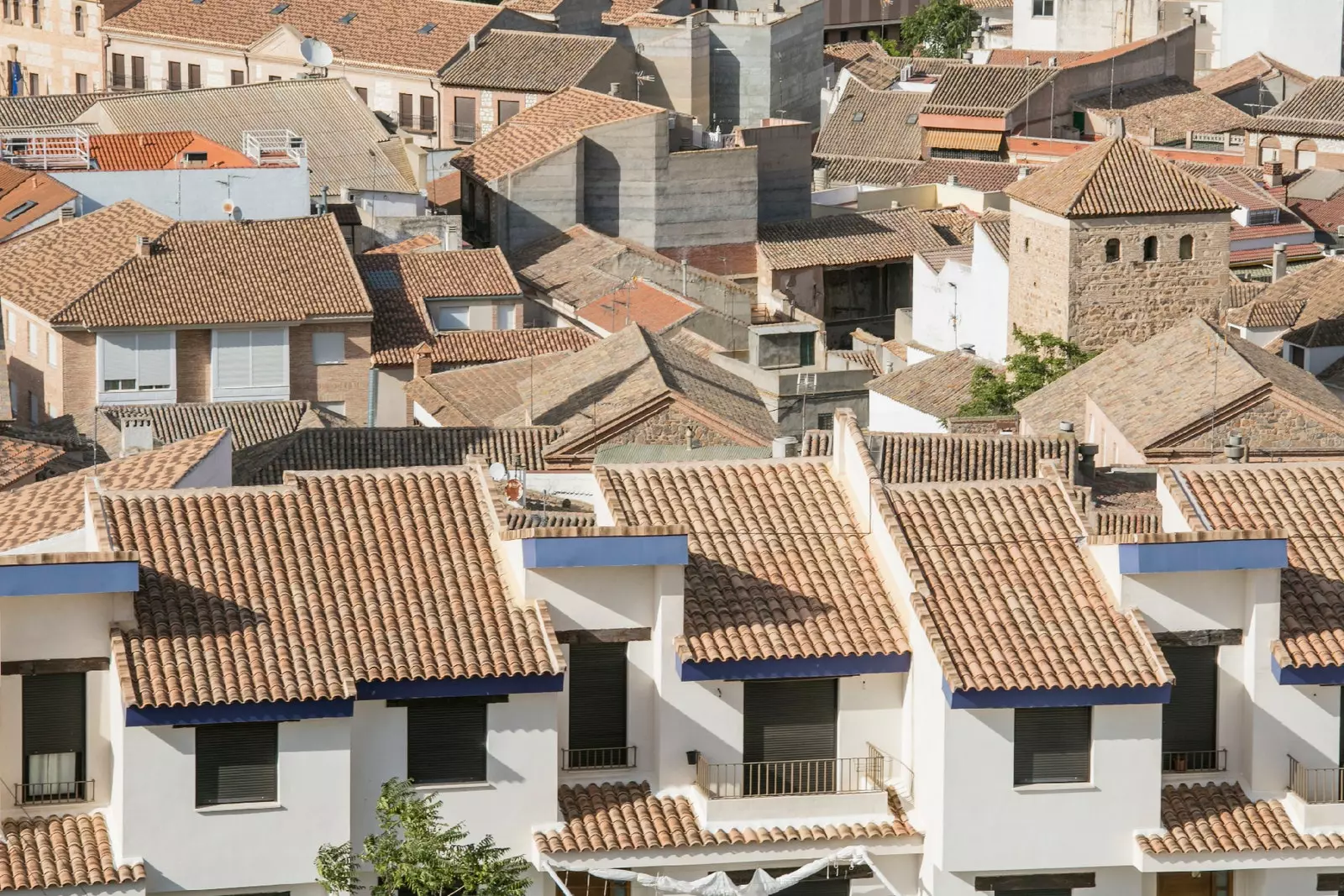
Consuegra, two thousand years of history
THREE VISITS AND ONE GASTRO EXPERIENCE
Your route map in Consuegra must include these four experiences:
Town Hall Square: There is no rural tourism if one does not let oneself be seen in the Plaza del Ayuntamiento, which, as a general rule, always shows the best of the place. In Consuegra we find a square that is more than 2000 years old, since it is located on the ancient Roman forum of the city.
In it is the fabulous Town Hall, a building built in 1670 and that hides a beautiful sundial. The Town Hall was also located in another building on the square, called Los Corredores, which dates back to the 17th century and its balcony is spectacular.
Castle of the Muela: Its construction dates from X century and carries on his back countless anecdotes. It had a whopping three walled enclosures and during the reign of Alfonso VI it passed through several hands.
As a curious fact, it was the place where the son of Cid Campeador died and belonged to individuals until in 1962 it passed into the hands of the City Council. The War of Independence deteriorated it a lot but the restoration work has not ceased.
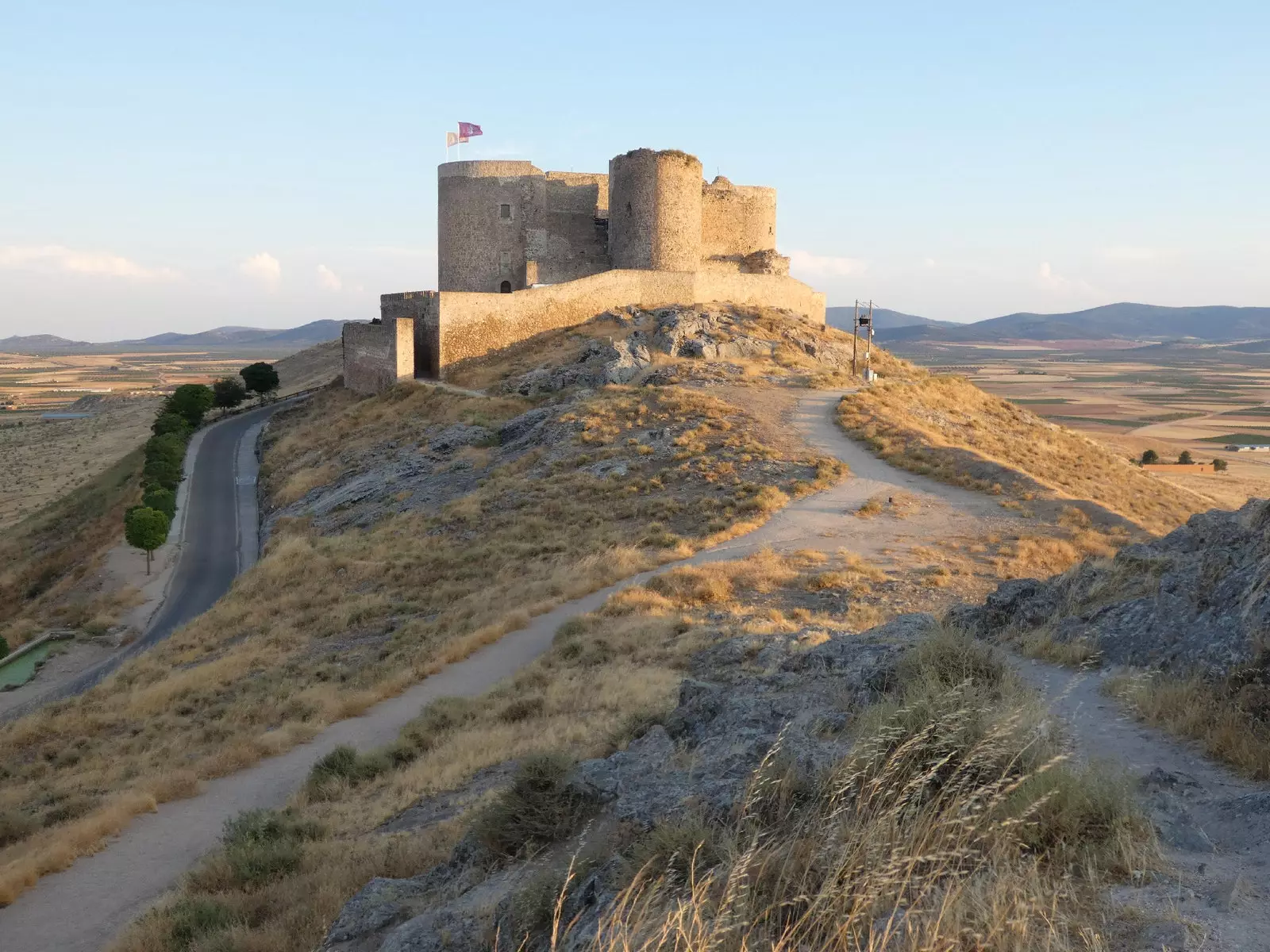
The castle of La Muela, whose construction dates back to the 10th century
Route of the Churches: Consuegra can boast of having a good assortment of churches with enormous historical weight to discover and different architectural styles to contemplate.
From the baroque style of the Church of Christ of the True Cross to the Mudejar of Saint John Baptist, inside all of them there are true treasures of sacred art.
The Gastromill: Can you eat inside a mill? Yes you can. La Mancha gastronomy goes through the crumbs , the Lamb stew and of course the delicious Manchego cheese.
There is no better way to blend in with the environment than to enjoy the gastronomic experience inside a mill, adapted as a gastronomic space for just over a year. Of course, you have to book.
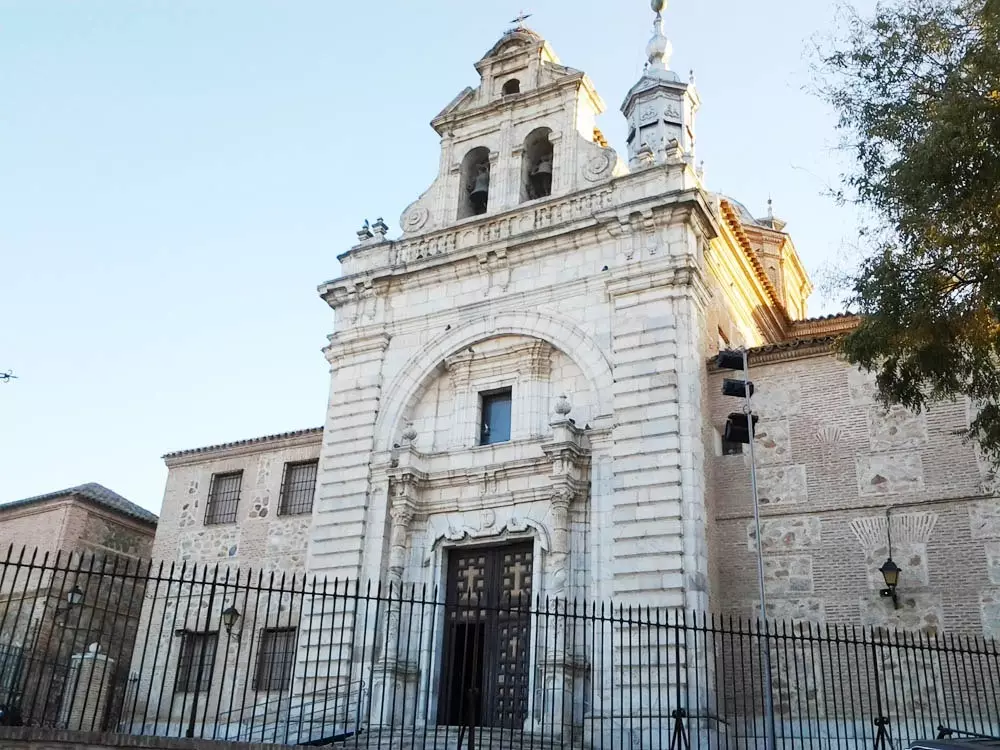
Church of Christ of the True Cross
BONUS TRACK FOR THE CURIOUS
The last weekend of October celebrates the Saffron Rose Festival, a condiment that has elevated Castilla-La Mancha to the heavens since the Middle Ages.
This festival is declared by the Junta de Castilla-La Mancha of Regional Tourist Interest. In addition to showing the folklore and culture of the region, it allows you to observe the spectacle of the Sancho mill in operation. Simply spectacular.
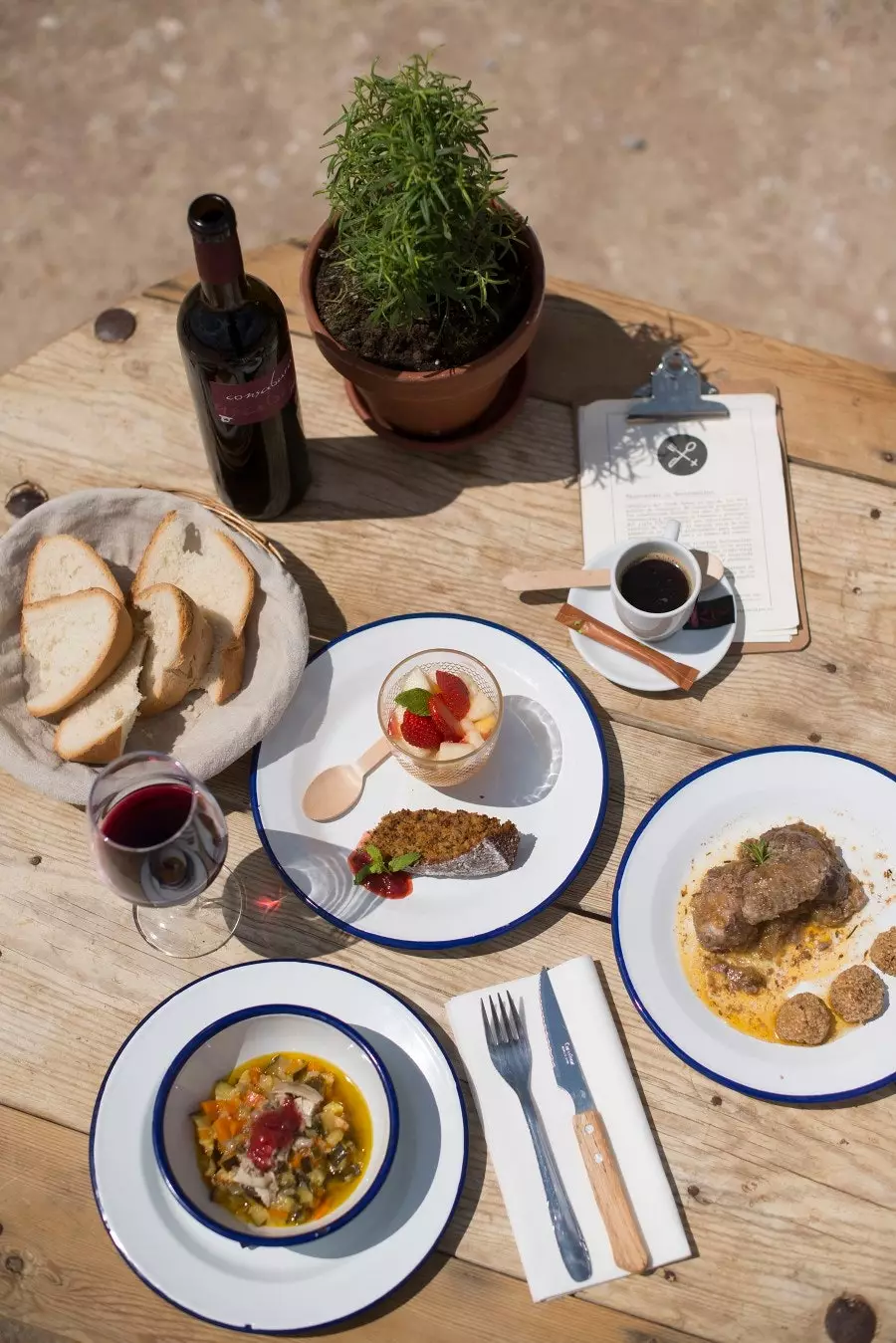
Do we eat inside a mill?
The name of Consuegra is "consaburense". This is due to the fact that in Roman times, Consuegra was called Consabura and had quite a remarkable importance.
In fact, there are still the Roman ruins of what was one of the largest dams of the time on the banks of the Amarguillo River. On September 11, 1891 the Amarguillo river overflowed and caused a flood of such magnitude in Consuegra, that Much of the town was destroyed. In the catastrophe, 359 people lost their lives and caused an unparalleled commotion throughout the country.
There are three artisan cheese factories where you can lose your mind in one of the tastings. In some they even do workshops. Consuegra cheese belongs to the Protected Designation of Origin Manchego Cheese and it is quite simply one of the best in the region. They say that its perfect pairing is with a local wine, although we well know that it is the perfect prelude to some good migas or a lamb stew.
The saffron from Consuegra It belongs to the La Mancha Saffron PDO and is considered one of the best in the world. Its price in the market, as indicated in the last festival of the Rose of Saffron this past October 26, is around €5,000 per kilo. A luxury that we must thank India, where it originates from.
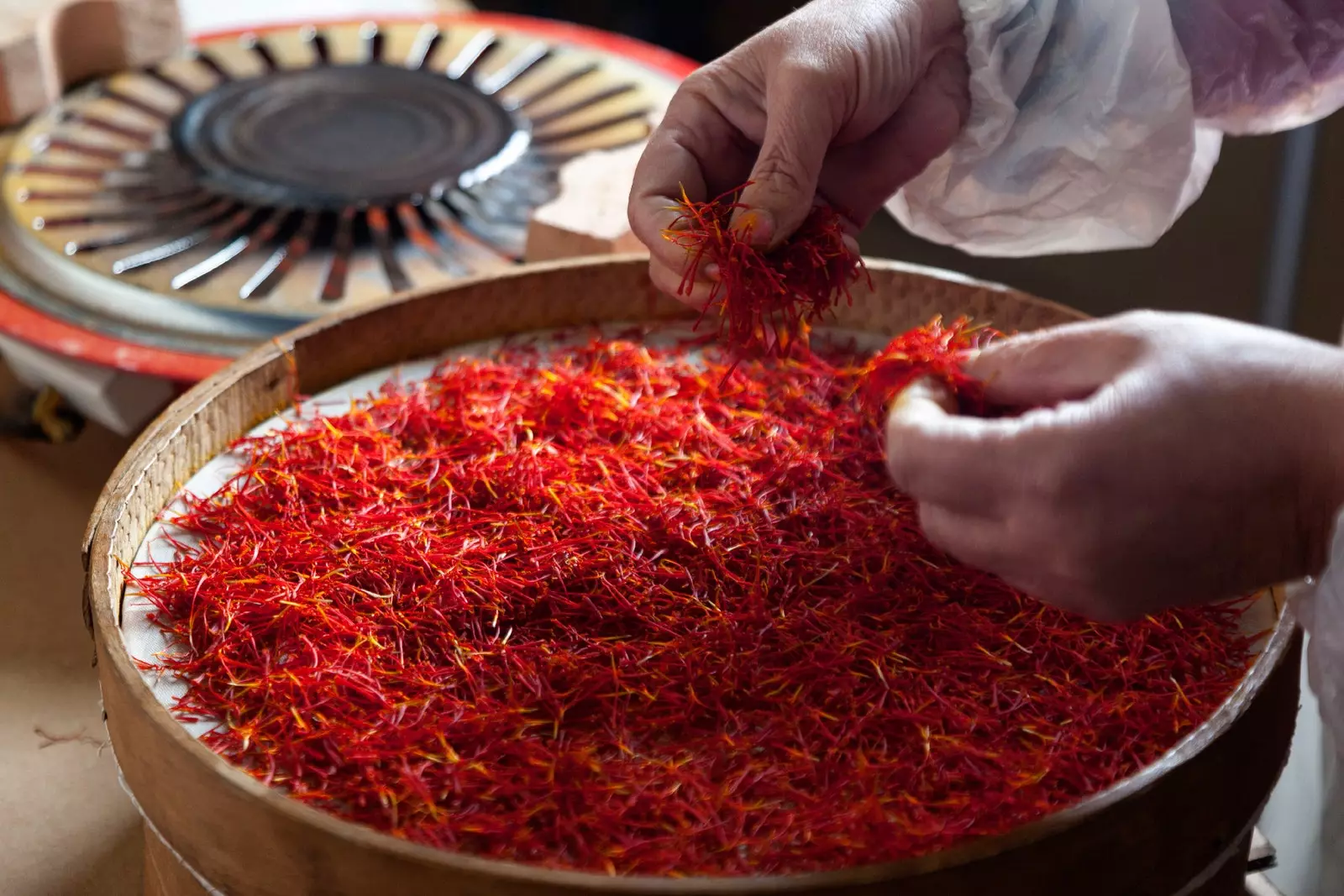
Consuegra saffron is considered one of the best in the world
